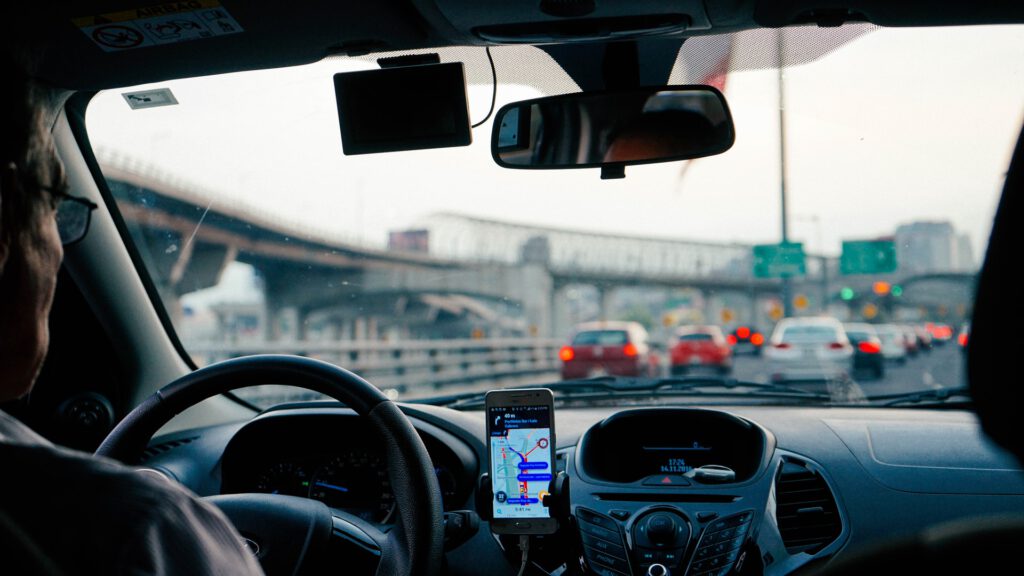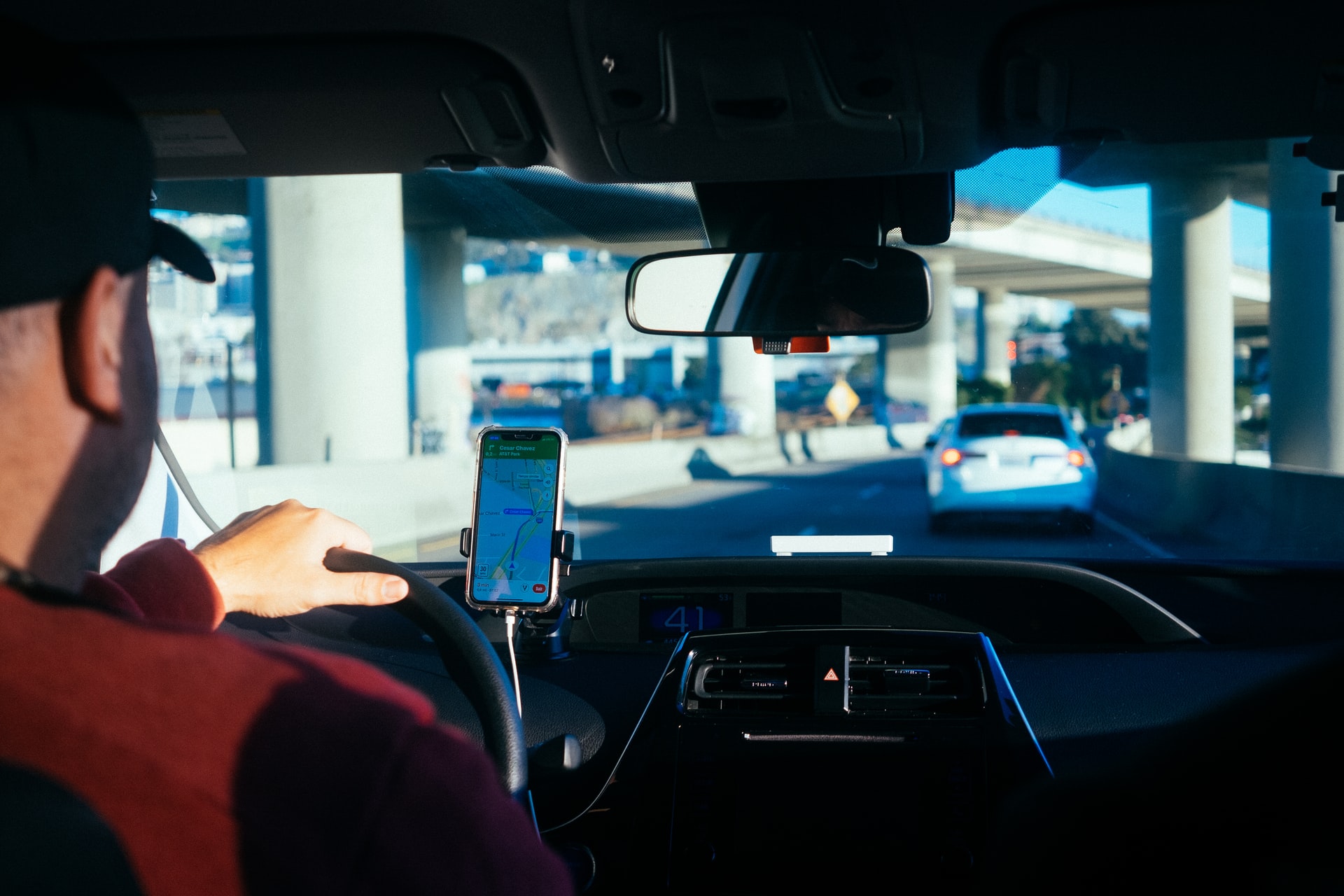Ride-sharing programs like Uber and Lyft have become such a regular part of our daily lives that we don’t even bat an eye if we pull up the app and see surge pricing or higher fares. These higher prices pop up whenever demand increases, meaning you could easily pay hundreds of dollars for a trip on New Year’s Eve or Christmas Day that would cost a fraction of that price any other day of the year.
App-users have been seeing higher prices sticking around for the last few months, and many have started to wonder why. You might be paying higher fares, but the drivers that ferry you to and fro aren’t benefiting from these increases. Why is the price of an Uber ride climbing so high?
Too Much Demand, Not Enough Supply
The COVID-19 pandemic affected every industry in different ways. For gig workers and ride-sharing apps, demand dropped as people stayed home. Drivers stopped working, both because of a lack of demand and because they were trying to stay healthy.
Now that vaccines are more readily available and things are starting to return to a sense of normalcy, the need for ride shares is starting to climb again. Unfortunately, many of the drivers who quit at the height of the pandemic haven’t returned, so now the demand outweighs the supply, and surge prices are making even short trips a lot more expensive.
According to information collected by Rakuten Intelligence, prices in New York are between 37-50% higher than they were a year ago. While this might sound like a good thing for the gig workers who are still driving or those that are thinking about returning, it appears that these massive fares aren’t tricking down to the drivers that are doing all the work.

Uber Giveth And Uber Taketh Away
This isn’t the first time that Uber has essentially shafted their drivers. In 2020, when California legislators passed Proposition 22, which confirmed Uber and Lyft drivers as independent contractors rather than gig workers, Uber stripped away its improved pay rates, ignoring rising prices in the rest of the country. What the passenger pays doesn’t affect the amount the driver makes. Uber instead pays their drivers based on time spent, and distance traveled, along with pre-determined bonuses for surges.
There is also a significant gap in the insurance coverage offered by ride-share companies. Currently, it covers drivers when they’re heading to pick up a passenger and after the passenger gets into their vehicle, but while they’re waiting to pick up a fare, there’s no coverage. There is even the risk that if the drivers get into an accident during this period that the ride-share app will drop them as a driver. This can be devastating for drivers who may already be working for poverty wages and may be driving for Uber as their only source of income.
More recently, Uber sent out emails to its drivers offering to pay for part of their healthcare coverage but quickly recanted, stating that it is only an option for drivers in California, those protected by Prop 22. This sort of behavior paints a clear picture — that Uber doesn’t think of its labor force as anything but, and while they can take care of their drivers, they will only do so when forced by legislation.
Alternatives for Harried Travelers
High demand and even higher prices have made it more difficult for passengers to find a ride. Are there any alternatives left for passengers who can’t afford the prices that Uber and Lyft are currently charging? Taxies are still available, but they need to be hired in advance.
There are also smaller ride-sharing companies that you can explore that may be limited to a few cities. Check in with apps like Migo to help you find the best options for your destination. Beyond that, there are always rental cars and even public transportation if it’s available in your area. There are options, and not all of them revolve around Uber and Lyft.
What Does the Future of Ride Sharing Look Like?
Ride-sharing as a whole is in for a long and probably frustrating future. Drivers will continue to flee the app in droves as long as it keeps looking out for itself instead of the people that make its unique model function.









